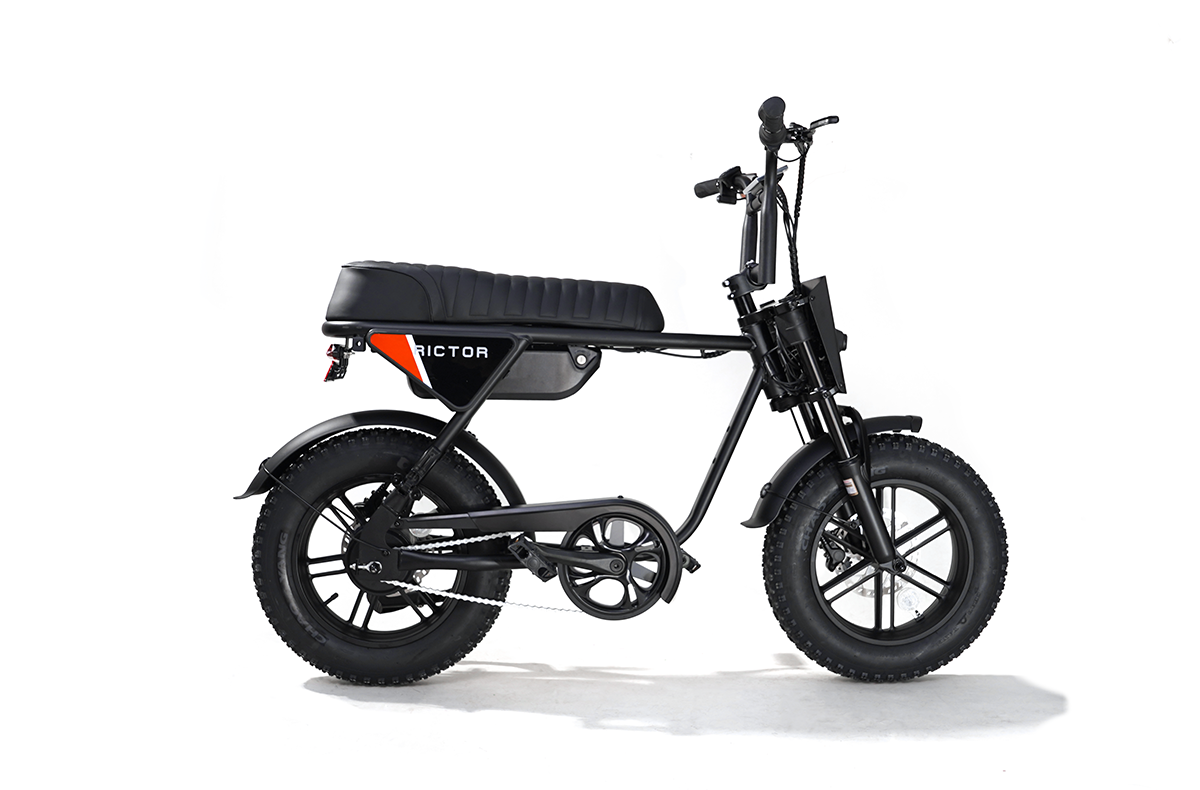
Is it OK to Leave E-bike Lithium-Ion Battery on the Charger Overnight?
Charging your Ebike seems easy enough, right? Just plug it in and leave it overnight, and you’re good to go by morning. But hold up—there’s a bit more to it than that.
Is it really safe to leave your battery plugged in for hours on end, or could it be doing damage without you even realizing it?
In this article, we’ll break down the ins and outs of overnight charging, overcharging, and how simple tweaks in your routine can keep your battery healthy for the long haul.
How Charging Overnight Affects Your Battery
Leaving your electric bike on the charger overnight feels like the most convenient option, but it’s worth considering what that could mean for your battery.
First off, modern lithium-ion batteries are built to handle a lot. They come with safety features like protection against overcharging.
So, if you occasionally leave your battery plugged in overnight, it’s not going to die on you right away.
If you’re making it a habit, things might start to shift. When a lithium-ion battery is charged to 100% and left in that state, the battery cells experience more wear and tear.
Even though the charger may stop sending power once the battery is full, the high voltage sitting in the cells can gradually degrade their capacity.
That means over time, your battery could start holding less charge, leading to shorter rides before it needs to be plugged back in.
To keep your battery performing at its best, most experts recommend charging it to around 80-90% regularly. Charging to full every once in a while is fine, but you don’t want to make that your routine.
Typically, charging for about 3 to 5 hours gives you the sweet spot for battery life without overworking it.
So, while an overnight charge every now and then won’t hurt, it’s best not to make it a daily thing.

SEE ALSO How to Choose the Right E-Bike Battery
Staying Safe While Charging
In October 2024, a Jupiter family had a shocking night when their eBike battery exploded while charging.
Thankfully, no one was hurt, but it’s a good reminder that your eBike shouldn’t double as a fireworks display!
While modern chargers have safety features like auto shut-offs, it’s better not to press your luck.
Time to rethink that overnight charging habit—because waking up to a melted eBike isn’t exactly a morning surprise you’d want to start your day with! Charge smart, stay safe!
Most modern eBike chargers have safety features like automatic shut-offs to prevent overheating, but that doesn’t mean you should stop paying attention.
Chargers, particularly older ones, can malfunction over time. Regular use, especially if your charger has been in service for a while, can cause wear that leads to overheating, swelling, or worse, fire hazards.
To ensure safety, always check that your charger meets safety standards like UL certification.
Rictor K1 electric bike is fully compliant with UL standards, ensuring it meets rigorous safety benchmarks for charging and overall electrical performance.
Keep your charger and battery away from anything flammable, and make sure your charging area is well-ventilated.
Even with these precautions, it’s still a good idea to visually inspect your charger for any signs of wear and tear, such as frayed cords or unusual heat buildup during charging.
These small checks can make a big difference in preventing accidents.
Avoiding Overcharging
Many people mistakenly believe that the longer they leave their eBike battery charging, the better.
The reality, however, is far more complex. Lithium-ion batteries don’t benefit from prolonged charging—once the battery hits 100%, it’s full.
Continuing to leave it plugged in, even with automatic shut-off features, can still cause gradual wear on the cells.
This is because once the battery is fully charged, it remains in a high-voltage state, which puts unnecessary stress on the battery over time.
To avoid this, the best practice is to aim for a partial charge. Charging up to around 80-90% is ideal for extending the overall lifespan of your battery.
This partial charge reduces the strain on the cells and prevents the battery from staying in a high-voltage state for too long.
An easy way to manage this is by setting a timer or alarm when you plug in your eBike.
For example, if your battery typically takes 4 hours to fully charge, set a reminder for 3-4 hours to ensure you can unplug it before it reaches 100%.
Additionally, while smart chargers offer features like trickle charging, which keeps the battery topped off without overloading it, even they can’t eliminate the stress caused by consistently hitting 100%.
Trickle charging can help if you need to leave the battery plugged in occasionally, but it’s still better to avoid prolonged full charges whenever possible.
By breaking the habit of thinking “longer charging means better,” you’ll not only extend your battery’s life but also get the most out of every ride.

Charging Efficiency: Day vs. Night
Does it really matter if you charge your eBike during the day or leave it plugged in overnight? Actually, it kind of does.
Charging during the day lets you keep an eye on things, which means you can unplug the battery before it hits 100%.
Keeping it in that 80-90% range is a great way to help your battery last longer.
Plus, you’re able to stop charging right on time, which is a win for battery health. Sure, overnight charging is convenient.
You can just plug it in and forget about it until morning. But here’s the catch—when you charge overnight, you don’t have the same control. It’s easy to leave it at full charge for too long, and that’s not great for your battery in the long run.
But temperatures drop at night, wouldn’t that help?” And yeah, cooler temps can actually be good for charging efficiency.
Batteries perform better in cooler environments, which might make nighttime charging seem like the smart move.
But the problem is that leaving your battery plugged in for long periods, especially at 100%, can still put unnecessary stress on it, even if it’s cooler.
So, while charging overnight here and there won’t wreck your battery, it’s better to make daytime charging your go-to routine.
That way, you’ve got more control, and your battery will thank you with a longer life and better performance.
It’s all about balance, and if you want to get the most out of every charge, keep an eye on how long your eBike stays plugged in.
Conclusion
While charging your eBike overnight might seem convenient, it’s important to stay mindful of how it affects your battery’s health and safety.
Following simple practices like unplugging before it hits 100%, charging during the day when possible, and using certified chargers like those in the Rictor K1 eBike can go a long way in preserving your battery’s lifespan.
With these small adjustments, you’ll keep your eBike running smoothly for the long haul.
FAQs
Can I use a fast charger for my eBike?
Yes, but be cautious. Fast chargers can reduce charging time, but they might also cause the battery to heat up more quickly, which could shorten its lifespan over time. It’s best to use a charger recommended by your eBike manufacturer.
How often should I fully charge my eBike battery?
It’s generally recommended to fully charge your battery only occasionally. Keeping it around 80-90% for regular use can help extend its overall life.
What should I do if my eBike battery gets too hot during charging?
If your eBike battery feels unusually hot while charging, unplug it immediately and let it cool down. Overheating can be a sign of a malfunction, and it’s best to contact the manufacturer for further advice.
💡 Explore More Here!
- 2024 Electric Bicycle Pricing, don’t overpay on your next ride [+ Good Recommendation]
- Beyond the Basics | How Fast Can Your Electric Bike Really Go?
- 9 Benefits to ride electric bike, ditch the stationary bike and ride free
- Is Riding an E-bike Cheating? Or Is It the Ultimate Hack?
- How Much Does an Electric Bike Cost? Build Your Own or Buy New?



